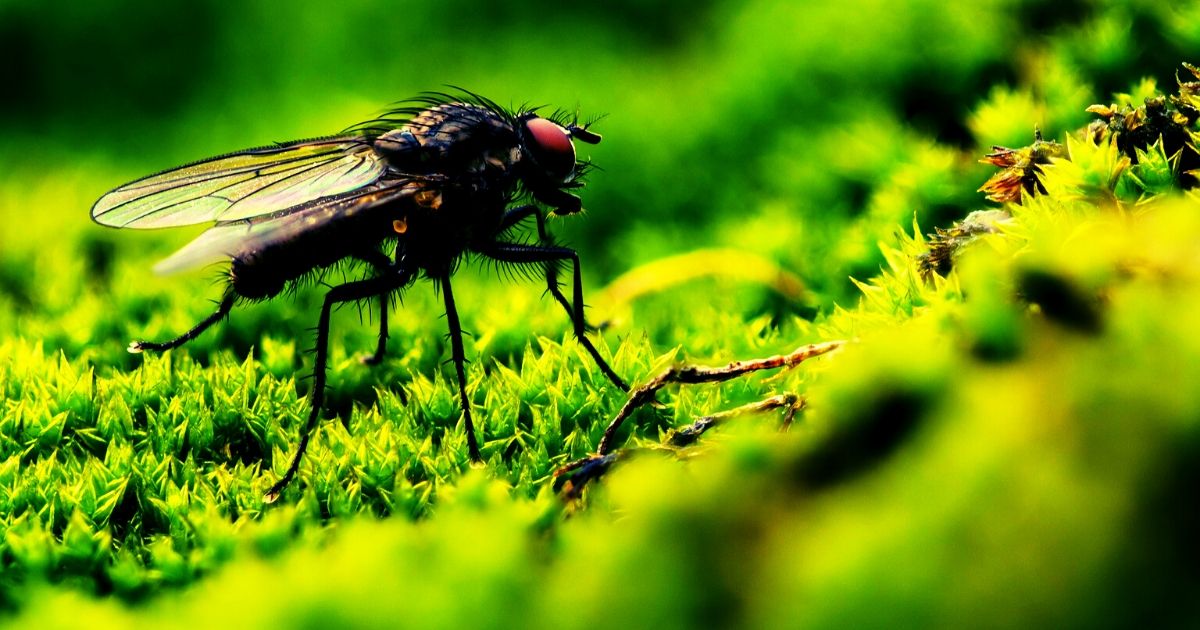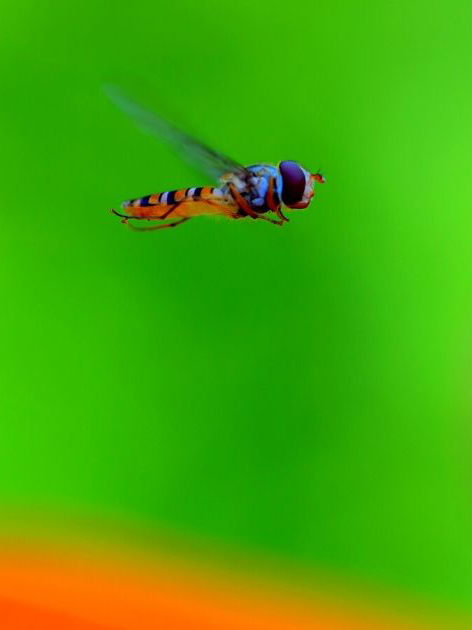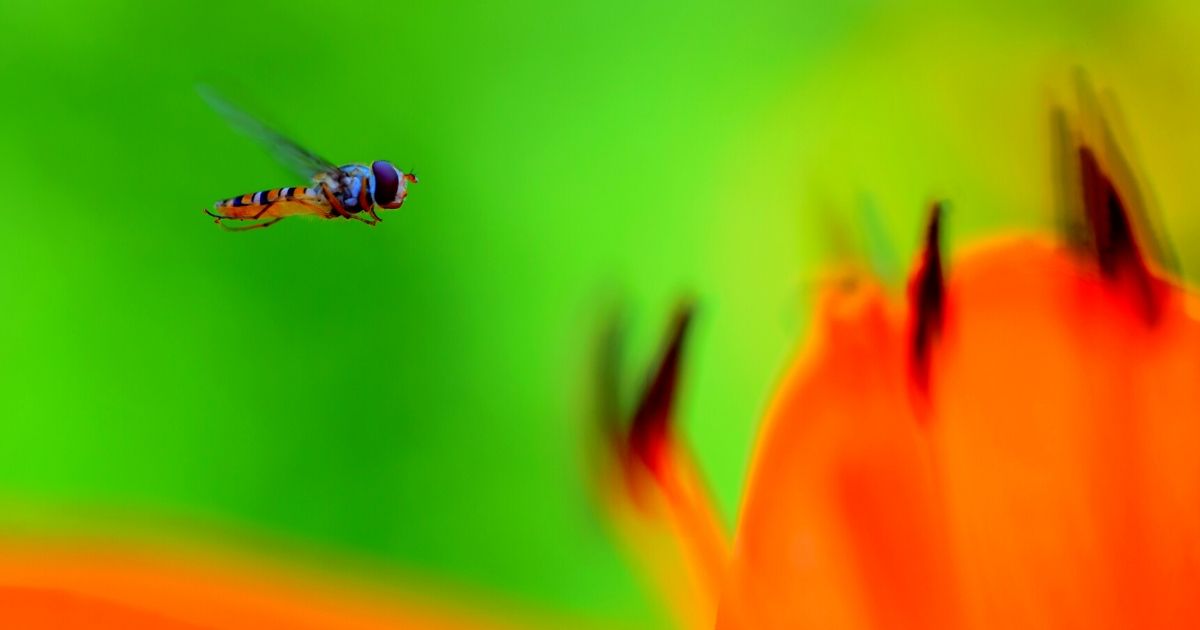Fly Traps: Are They Worth It?

Ever heard of fly traps? Do you want to know if they are worth having? Then it’s time to read on.
Do you know that house flies taste food with their feet? That is the reason why they keep on landing on your food while you are trying to enjoy your lunch. Flies are insects in the order Diptera which consists of various species. Examples of flies include house flies, blowflies, flesh flies, phorid flies, drain flies, and fruit flies.
One of the most common fly species that can be found around us is the house fly.
Besides being a nuisance, house flies are carriers of pathogens (bacteria, fungi, viruses, and parasites) so they are capable of spreading diseases such as dysentery, typhoid, and cholera. For that reason, the population of flies and their activities should always be under control.
While the most important method in controlling flies lies in the identification and removal of breeding sources, other efforts are needed to reduce the number of adult flies. Another method of controlling adult flies is the chemical method. Spraying of residual chemicals on wall surfaces kills flies that land and rest on the wall. Besides spraying chemicals, granular baits have also been used to control adult flies.
Trapping
In addition to chemical control, trapping is one of the physical methods that can be used to control the population of flies. Flytraps are effective weapons against flies. The fly traps that are available conventionally can be divided into two main types, namely food-baited traps and Ultra-Violet (UV) light traps.
Food-baited traps lure flies with baits made of food and then trap the flies using containers or glue boards. On the other hand, UV light traps utilize the fact that flies are attracted to lights within the wavelength of 315 – 400nm (UV-A range). UV light traps work by attracting flies with ultraviolet radiation then trapping them inside a container, on a sticky glue board, or electrocuting them using high voltage.
There are various types of fly traps available on the market.
Some of them can be used by simply placing them at locations where flies are active, while some may require you to drill holes in the wall. Not only do they differ in terms of ease of use, they also come in different prices. That being the case, one might wonder: are they really worth it?
Before we come to the conclusion, let us discuss some of the benefits of using fly traps.
1. Fly Traps are Target Specific
Since fly traps are usually comprised of two basic elements: attractant and trap, the attractant can be chosen or formulated based on the type of flies that we are targeting. For instance, if you have problems with fruit flies, you will be able to find traps that have attractants that are specially formulated to attract fruit flies.
Besides that, UV light traps mainly target insects that are attracted to the UV light so other insects such as moth and beetles may sometimes be found in the traps. Compared to other methods such as aerosol spraying and residual spraying, fly traps do not affect other non-target organisms so this means that we can make sure that we and our pets are safe from the exposure of chemicals.
Want to find out more about fly removal in Singapore?

2. Fly Traps Help Avoid Contamination
Ungoverned exposure towards insecticides may put human health at risk. Fly traps not only can avoid contamination of food by insecticides but they also prevent the dead bodies of the flies from remaining in the environment.
Fly traps hold trapped flies in captivity, preventing them from flying around to spread diseases and other problems.
However, one should refrain from using electric fly zappers in areas where food is exposed. This is because when flies come in contact with the zapper, the high voltage may cause their body to rupture and break into small pieces. The ruptured pieces may then be dispersed by the wind and may contaminate our food as the pieces land on the food.
3. Fly Traps are more Environmentally-Friendly Compared to Other Control Methods
As mentioned earlier, fly traps have little to no effect on the environment as they do not affect other organisms and do not cause contamination. One problem that the use of insecticides causes is that their residues may linger in the surroundings. If not properly handled, the residues can be harmful to the environment and other living organisms. In contrast, fly traps do not release any harmful substances and so they are more environmentally friendly.
Pro Tip: Wait patiently for flies to visit the traps and be captured before you can remove them from the traps.
Despite having all the benefits mentioned above, there are a few shortcomings of fly traps that we should be aware of.
1. Not All Flies are Impressed by the Same Fly Traps
Fly traps are not designed or formulated to target all types of flies. For example, fruit flies are not attracted towards UV light traps and they need to be trapped using other attractant. There is no one-size-fits-all approach for the control of flies. With that in mind, we have to know what type of flies we are dealing with before we can strategize and solve the issue.
2. Treatment Using Fly Traps is Passive
Patience is a virtue. There is nothing much we can do after installing a fly trap besides waiting. If you are looking for a more proactive way to solve the problem or you just simply lack the patience, you might need to look for other alternatives.

Pest Problem? Let Us Help.
We offer fast and effective precision treatments to eliminate pests while ensuring a safe environment for your home or business.
3. The Traps Need to be Serviced Regularly
This is not a very serious issue but one needs to make some effort for the maintenance of fly traps. Once a trap captures a certain number of flies, they need to be cleared in order to be used again. The light bulb of UV light traps also needs to be checked regularly to make sure that the trap is functioning properly.
Are fly traps worth it? Well, I will leave the verdict to you. Nonetheless, they are among the most commonly utilized methods in the control of flies. Our experts can provide you with the solutions that are tailor-made for your flies’ problems.
Frequently Asked Questions
Most modern fly traps do not release any harmful substances so they are not considered poisonous or toxic.
Yes, flies are visually attracted to these fly traps as they are usually bright yellow. So place the fly traps wisely.
Flies get attracted to bright-coloured, vertical surfaces. As fly traps are extremely sticky when flies land on them they can’t escape.





